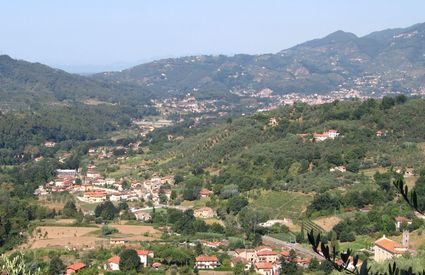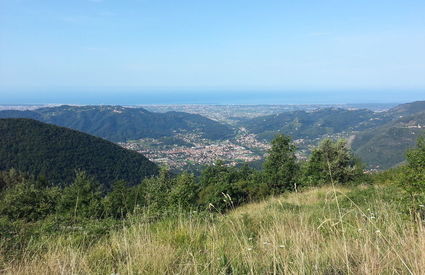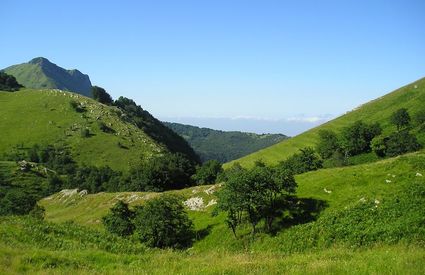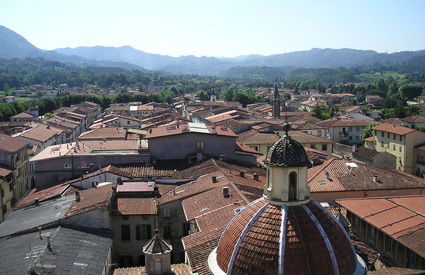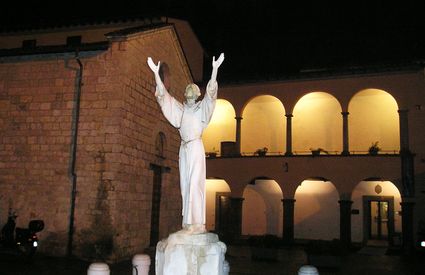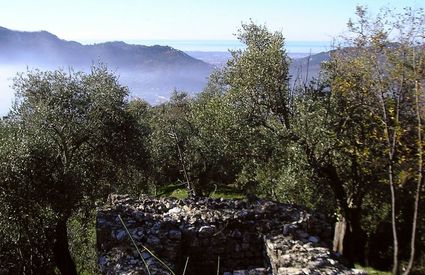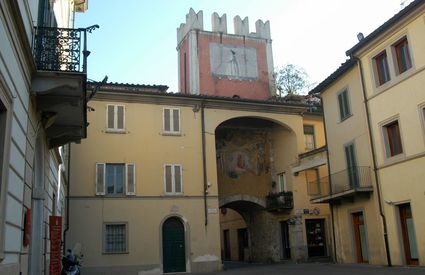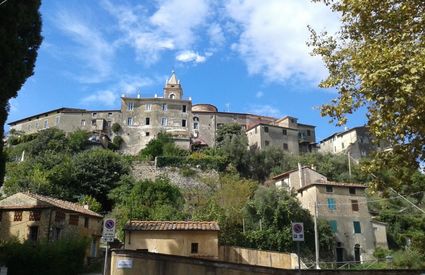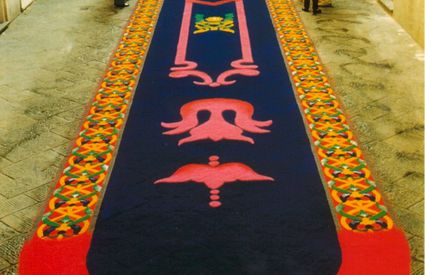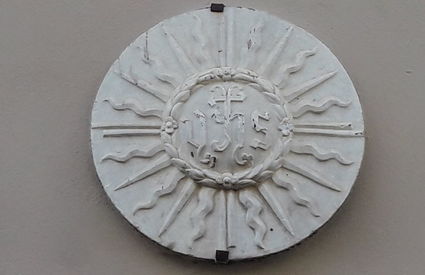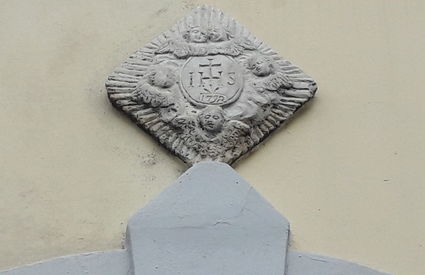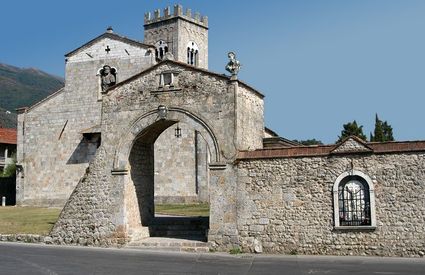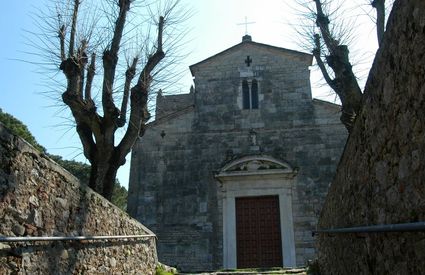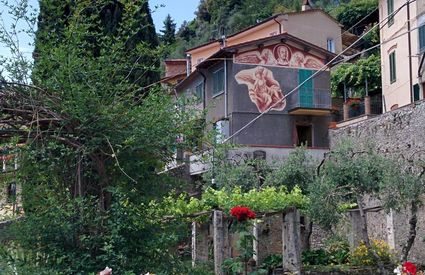Camaiore
The village spell
Art, history and legend in a timeless land between sea and mountains ~ by Emanuele Dettori
The village spell
Art, history and legend in a timeless land between sea and mountains ~ by Emanuele Dettori
Reality, beyond the imagination
There is a land that cherishes the greatest beauty that nature and human hands have given us. A place eased down like a cradle between the Apuan Alps and the Versilian Riviera, at the crossroads between the sea in hues of blue levity and the peaks of mountains that slope slowly down into the green of hills dotted with age-old olive trees. A place where centuries of history have left their forever marks of artistic wealth. Hence, Camaiore, a treasure chest of monumental beauty and scenery that takes your breath away.
Thousands of years old
We have little left of the Apuans and Etruscans, the town’s earliest settlers, or of the Romans, to whom we owe our name. Indeed, Camaiore hails from the Latin “Campus Maior”, to indicate the flat location behind impervious ridges. But we know much more about the Middle Ages: the first village centre was formed when the ancient Roman colony became a stop along the Via Francigena. Evidence of this comes from the little stone church of San Michele, once a hostel for pilgrims. Churches, monasteries and other buildings soon blossomed around the centre, with their works of art that can still be admired in the Museum of Sacred Art.
Exploring the Middle Ages
A short walk around piazza San Bernardino, in the old town centre, and it feels like you’re right back in the Middle Ages, amongst knights and jesters, swords drawn and horses charging. The present merges with the past, even more so if you stop to admire the thirteenth-century Collegiata di Santa Maria Assunta, with its civic tower that dominates the village. A glance northwards and you cannot help but gaze at the frescoed arch topping Porta San Pietro, the only gate left of the four entranceways to the castle that fored a ring around the old town centre. But there’s no shortage of castles in the environs: Rotaio, Montecastrese, Monteggiori, the list goes on. And every castle has its own personal ghost – but surely this is all just myth and legend. Or maybe not?
Art, religion and... “pula” carpets
On the doorways of houses we can easily make out the initials JHS, dating to the preaching of Saint Bernardino of Siena, who passed by Camaiore spreading worship in the name of Jesus. A mark of the religiosity that originated in the mists of time but that remains alive and well today – and often weaves with artistic inspiration. Like on the occasion of the Corpus Domini procession, with the tradition of the coloured sawdust carpets – “pula”, in local dialect – which has made Camaiore famous in Italy and in the world.
Leaving town
Outside the old town centre you’ll find other architectural gems in all their glory. Like the Badia di San Pietro, a beautiful monastery founded in the eighth century with its vast courtyard, bell tower, the remains of the cloister and Benedictine monastery. Or the Pieve, which appears in its shining Romanesque clearness, once home to a lovely valley. Yes, because beyond the town of Camaiore gentle spaces open wide between hill and plain, perfect for hiking, horse riding, mountain biking or simply to enjoy the most unforgettable vistas.


